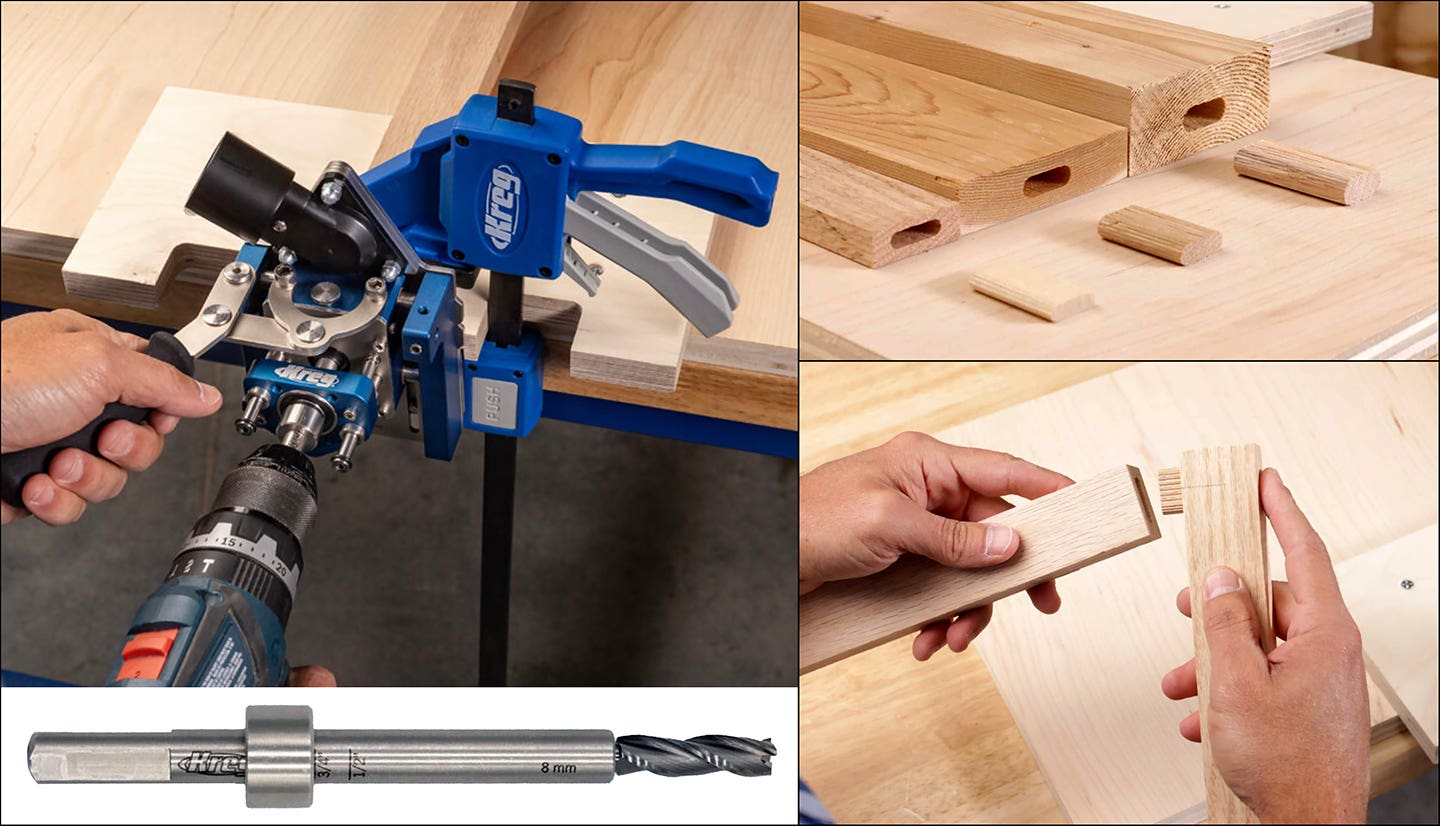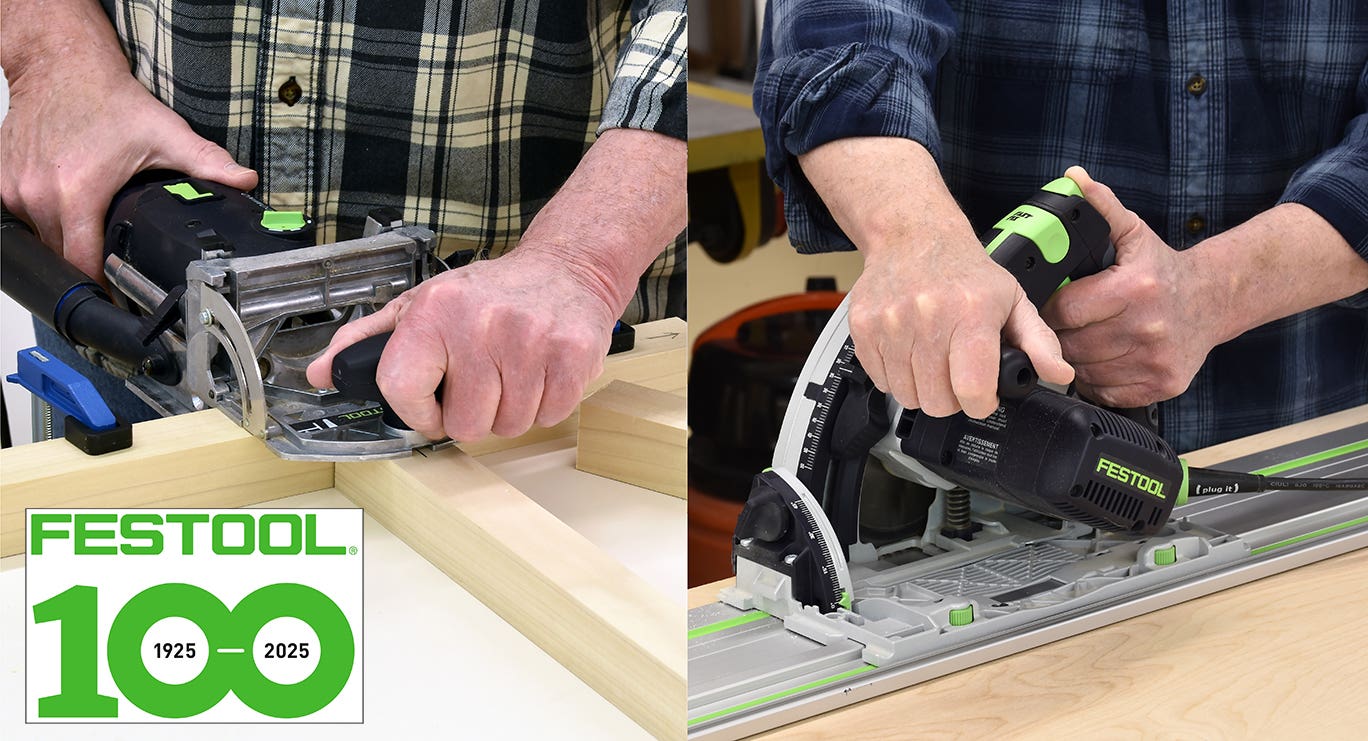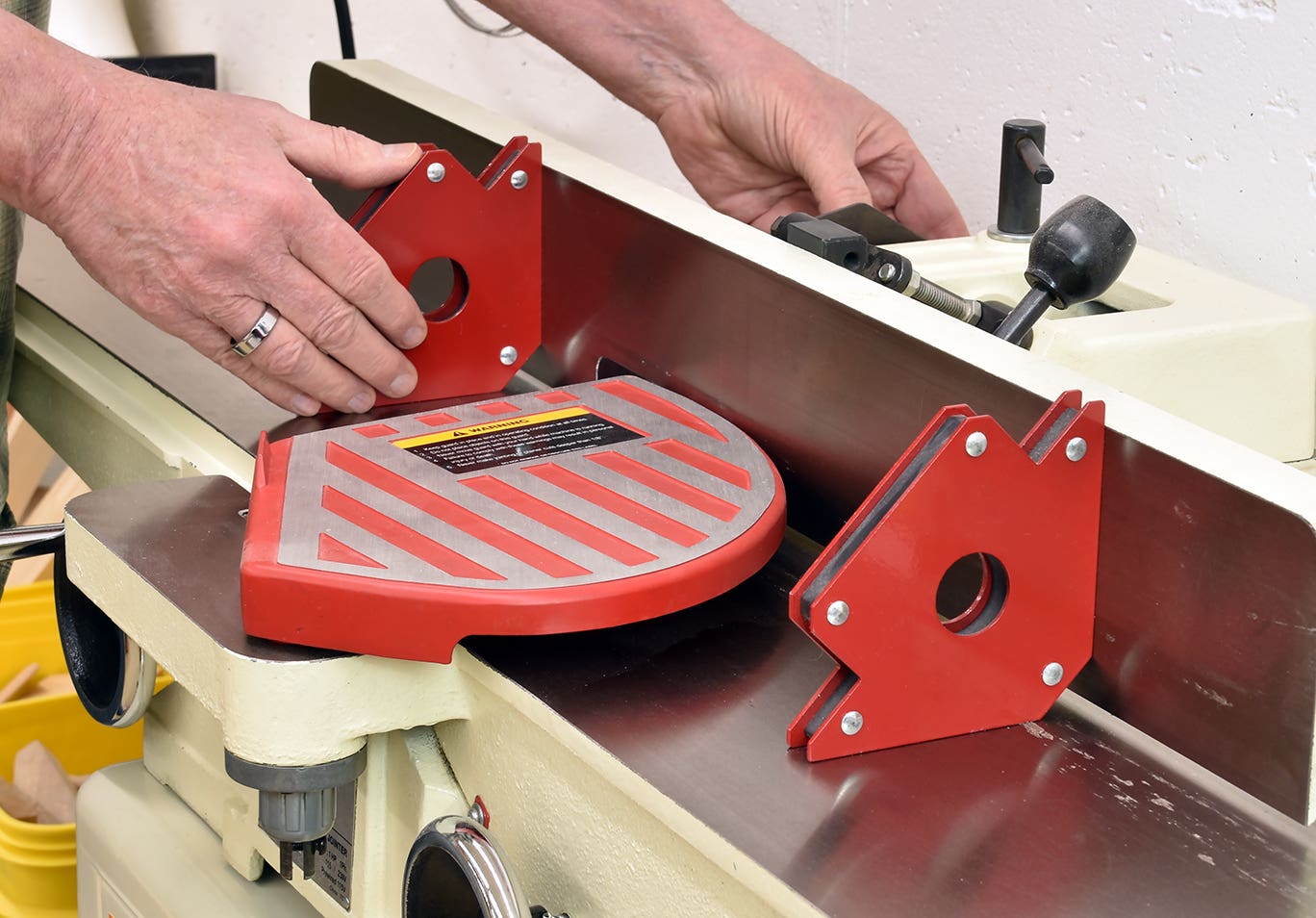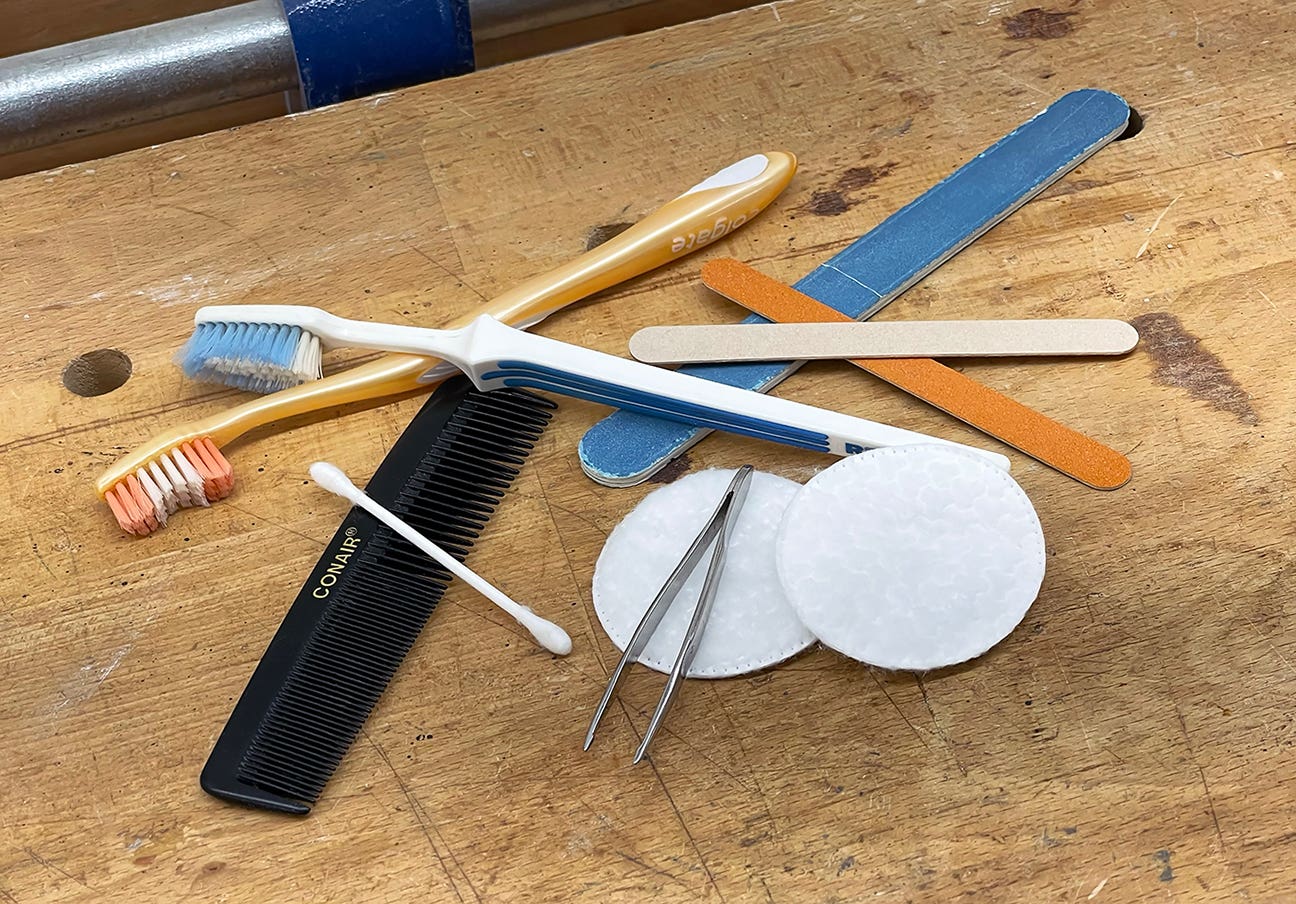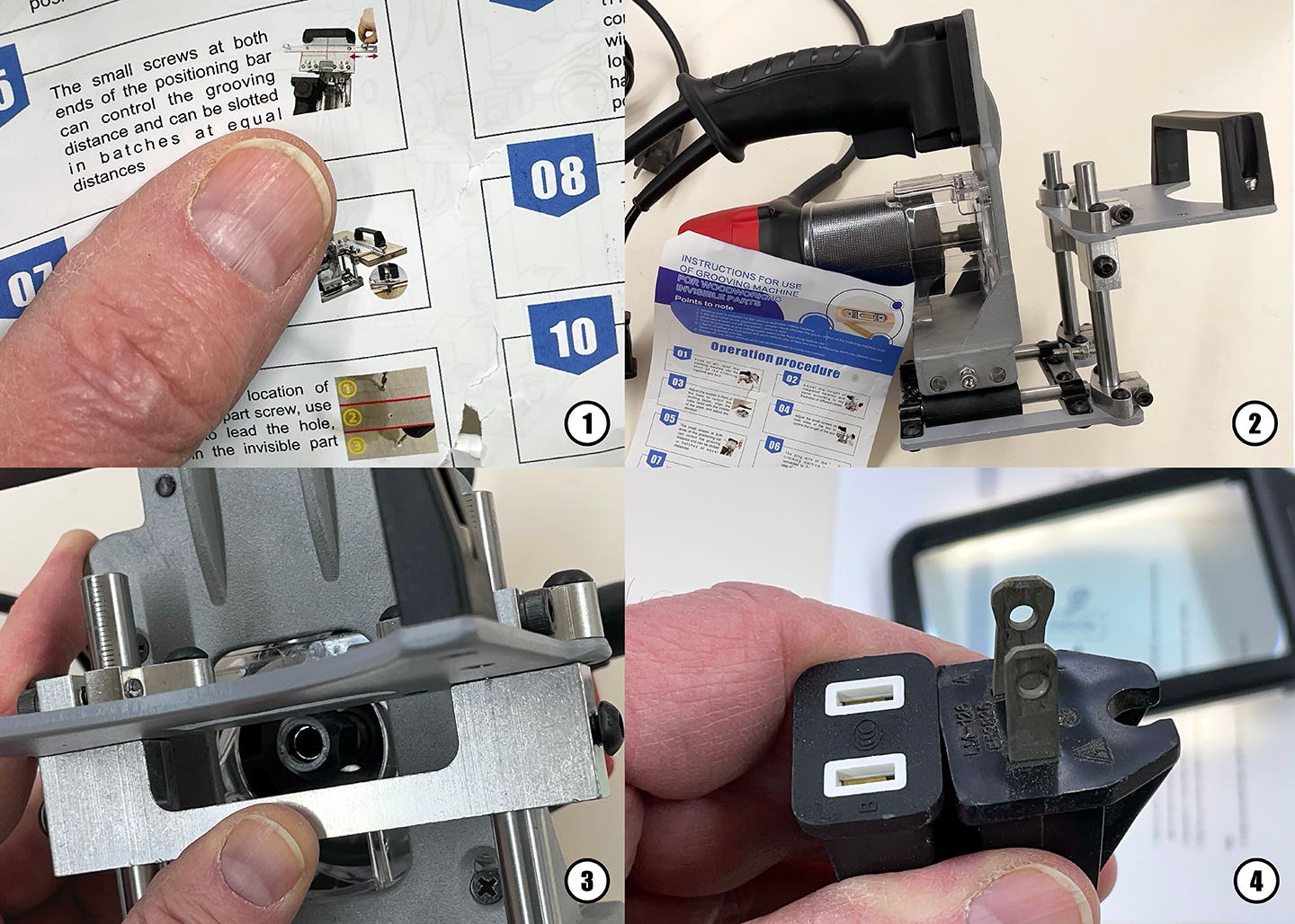Cash in with good grain-filling procedures
On the many Internet chat groups, forums and blogs dealing with woodworking in general — and finishing in particular — there’s one issue that keeps coming up. It’s pretty much…
On the many Internet chat groups, forums and blogs dealing with woodworking in general — and finishing in particular — there’s one issue that keeps coming up. It’s pretty much what I’ve been hearing for more than 30 years, with just a few new products and procedures being tried.
The issue is grain filling: Whether to fill or not? What wood species, cut and finishes should be, can be or shouldn’t be filled? What filler to use? When should you fill? Here’s an overview, from one perspective.
What to fill — or not
Among the many ways we classify woods, one method is to identify the wood as open- or closed-grain. Some woods grow with pronounced vessels that, when sawn or otherwise cut, manifest open pores at the surface. Oak, ash, mahogany and walnut are typical furniture-grade woods with this open grain.
Closed-grain woods do not have the same structure and can be cut with a tight or closed grain at the surface. Maple, cherry, birch and poplar are common examples. They will not need filling in order to achieve a very smooth finish.
Oak and ash have very wide and deep pores, difficult to fill to the extent necessary to achieve a glass-smooth surface, while mahogany and walnut, with their shallow and narrower pores, can easily be filled to that extent.
What to fill with
If you are using a film-forming finish — as opposed to penetrating oil — multiple coats can be used to fill the pores. It’s easy to do, but it has drawbacks. The finish in the pores will take longer to dry and cure and they will shrink in the process. With evaporative coatings (lacquers) the subsequent coats necessary to fill the pores wet out the previous coats, causing them to swell. It can take weeks or months for this fill to shrink completely, often showing up after delivery. A crosslinking coating can prevent the rewetting and swelling of the fill, but at the cost of adhesion.
For polyesters, catalyzed urethanes, varnishes and water-based finishes, this method of filling might be acceptable. Catalyzed liquid and paste fillers can also be used. But for lacquer and shellac, which build up in thinner coats, using grain filler is faster and easier and, I believe, produces a superior appearance.
Traditional oil-based grain filler — often called paste wood filler — consists of finely ground inert pigments such as silica, gypsum, plaster, pumice and rottenstone. Incorporated with resin and oil, these fillers will dry somewhat hard, but remain able to move with the wood as it expands and contracts. While the modern fillers can be “natural” (a cloudy clear) or colored, most can be colored with dry or dispersed pigments of many types.
Seldom is clear filler a good choice. Filler of a color contrasting with and complementing the ground color (the color of the stained wood apart from the filled area) can accentuate and dramatize the wood’s figure. For instance, black filler on a violet/red mahogany veneer is a traditional favorite. To deemphasize the figure, use a color close to the stain color.
How to fill
An oil-based filler should be thinned to a creamlike consistency — thinner for fine pores and thicker for coarse pores. Most can be thinned with mineral spirits (slower drying) or naphtha (faster drying). With caution, boiled linseed oil can be used for very slow drying or a Japan dryer to speed it up.
Raw wood can be filled, but some stains will soften and remove the filler. A color transfer from the filler might also occur.
A dye stain can be applied, followed by a pigmented stain and washcoat sealer, such as a thinned-down version of the topcoat, a sealer recommended by the topcoat manufacturer, or shellac. The washcoat provides a barrier to subsequent applications of material. Sand the washcoat to provide a smooth surface for the filler and allow the filler to dry to where it’s firm, but not hard.
The filler can be applied by spray, brush or rag, but I prefer to pull it into the pores with a squeegee, removing much of the excess on the surface at the same time. When it hazes off, I remove most of the remaining excess by shaving or scraping the surface with a plastic-edged tool such as a scraper, putty or drywall knife, or even a credit card. The plastic should not scratch the sealer, but should have a smooth, square edge that will remove the filler.
You can often remove the remainder of the excess with a cloth wrapped around a block. A soft cotton cloth might be sufficient. But if it isn’t, then a coarser cloth such as burlap can be used.
Using a washcoat will isolate the filler from the wood and any stain under the washcoat, and allow the filler color to show up as distinct from the ground color. A sealer over the filler will increase the filling effect and allow you to sand the surface smooth without affecting the filler.
Water-based pore fillers are fast-drying and typically applied to the raw wood prior to staining and then sanded smooth. You can generally apply solvent-based dyes over the water-based fillers without risk of softening the filler, which you can’t do with the oil-based fillers. The very fast drying of many water-based fillers makes it advisable to work small areas at a time, applying it with a brush or squeegee, and removing the excess quickly. You might experience some grain raising when using water-based filler. Let it dry thoroughly and sand smooth. Apply a compatible stain, allow it to dry and then proceed with your coating schedule.
Finishers are rarely neutral about water-based fillers; they either love them or hate them. Water-based fillers will take stain better than the oil-based fillers, can be sanded very smooth (with some effort) and are not adversely affected by most solvents. On the other hand, they are not as forgiving as they will stick to the sealer, raise grain and, if allowed to dry too much before removing excess, require vigorous sanding to level.
For the professional, good grain-filling products and procedures are a moneymaker, setting you above the competition, and providing a richer, more complex look that commands a higher price.
Greg Williams, formerly senior touchup and finishing instructor for Mohawk Finishing Products, is now a freelance instructor and consultant for finishing and touchup. He can be reached at gregalwil@yahoo.com.
This article originally appeared in the April 2012 issue.


